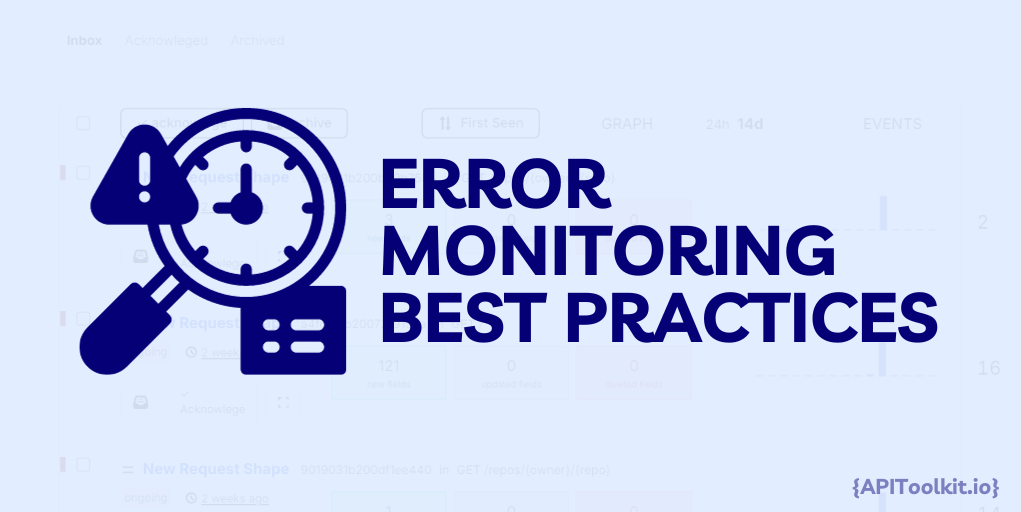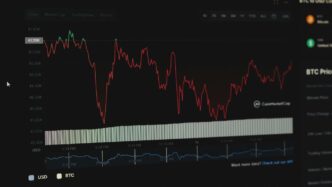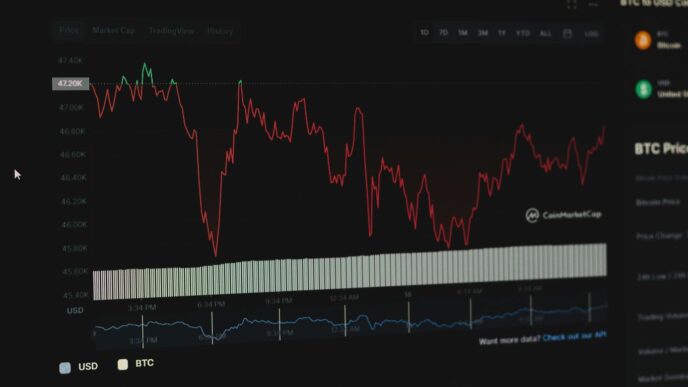In the dynamic world of technology, where software applications are the backbone of digital experiences, encountering errors is an inevitable part of the development process. However, the key to maintaining a smooth user experience lies in how effectively developers implement error monitoring practices.
In this article, we’ll explore the best practices for implementing error monitoring in a way that ensures early detection, swift resolution, and an overall resilient digital ecosystem.
What are the best practices for implementing Error Monitoring?
- Start Early in the Development Process:
The journey towards effective error monitoring begins at the inception of a project. Instead of treating error monitoring as an afterthought, integrate it into the development process from the beginning. By doing so, developers can identify potential issues early on, reducing the likelihood of critical errors surfacing in later stages.
- Define Clear Error Monitoring Goals:
Before diving into the implementation of error monitoring tools, it’s essential to define clear goals. What are the specific metrics and behaviors that developers want to monitor? Setting precise goals helps in selecting the right tools and configuring them to provide meaningful insights into the application’s performance and user interactions.
- Choose the Right Error Monitoring Tools:
Selecting appropriate error monitoring tools is crucial for a successful implementation. Consider the programming language, framework, and environment of the application. Choose tools that align with the project’s requirements, ensuring compatibility and ease of integration. Popular tools like Sentry, New Relic, and Raygun offer versatility and support for various languages.
- Implement Real-Time Error Tracking:
Real-time error tracking is a game-changer in the realm of error monitoring. Implement tools that provide instant notifications when errors occur. This allows developers to address issues promptly, minimizing downtime and ensuring a seamless user experience. Real-time tracking is particularly valuable for applications where immediate response is critical.
- Utilize Detailed Error Reports:
The devil is in the details, especially when it comes to error monitoring. Opt for tools that generate detailed error reports, including stack traces, error messages, and contextual information. These reports serve as invaluable resources for developers to understand the root cause of errors and streamline the debugging process.
- Implement Automated Error Notifications:
Relying on automated error notifications ensures that developers are promptly informed when issues arise. Configure tools to send notifications through email, messaging platforms, or integration with collaboration tools. Automation reduces the time between error occurrence and developer awareness, facilitating quicker resolution.
- Prioritize and Categorize Errors:
Not all errors are created equal. Establish a system for prioritizing and categorizing errors based on their severity and impact. This allows development teams to focus on addressing critical issues first, ensuring that resources are allocated efficiently. Tools like Bugsnag and Rollbar often include features for error grouping and prioritization.
- Implement Logging Best Practices:
In addition to error monitoring tools, leverage logging as a complementary practice. Proper logging provides a historical record of application events, making it easier to trace the steps leading to an error. Follow logging best practices, including using meaningful log messages, adding timestamps, and structuring logs for easy analysis.
- Conduct Regular Error Analysis and Reviews:
Error monitoring is an ongoing process that requires regular analysis and reviews. Schedule dedicated time for development teams to review error reports, identify patterns, and implement preventive measures. Conducting regular error analysis sessions fosters a proactive approach to error resolution and system improvement.
- Establish a Feedback Loop:
Foster open communication between developers, operations teams, and other stakeholders through a feedback loop. Encourage the reporting of user-reported errors and gather insights from different perspectives. This collaborative approach enhances the effectiveness of error monitoring, as it draws on a diverse range of experiences and expertise.
- Implement Version Control and Rollback Strategies:
When errors are identified, having robust version control and rollback strategies in place is crucial. Implement version control to track changes in the codebase, making it easier to identify when errors were introduced. Establish rollback procedures to quickly revert to a stable version in case of critical issues, minimizing the impact on users.
- Invest in Continuous Learning and Improvement:
Error monitoring is not a one-time task but a continuous learning process. Encourage a culture of continuous improvement within development teams. Learn from past errors, analyze trends, and implement iterative enhancements to the application. Embrace a mindset of resilience and adaptability, acknowledging that technology is ever-evolving.
Conclusion:
In short, effectively implementing error monitoring practices is a journey that requires commitment, attention to detail, and a proactive mindset. By integrating error monitoring from the early stages of development, choosing the right tools, and following best practices, developers can create a robust and resilient digital ecosystem. Real-time tracking, detailed error reports, and continuous learning are key components in ensuring that errors are not just detected but swiftly addressed, contributing to a seamless and user-friendly experience for all. Embrace the best practices outlined here, and master the art of error monitoring to elevate your application’s performance and reliability.












